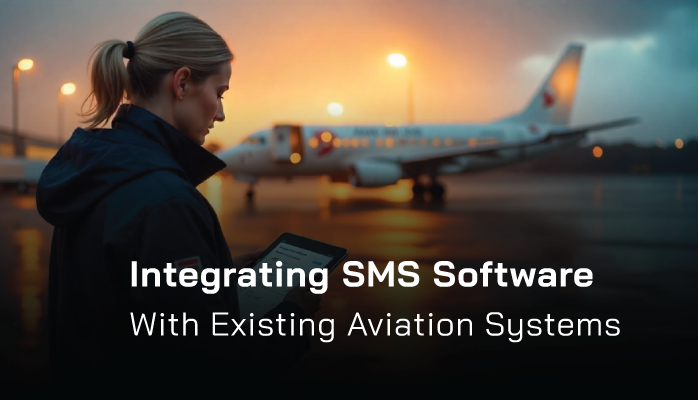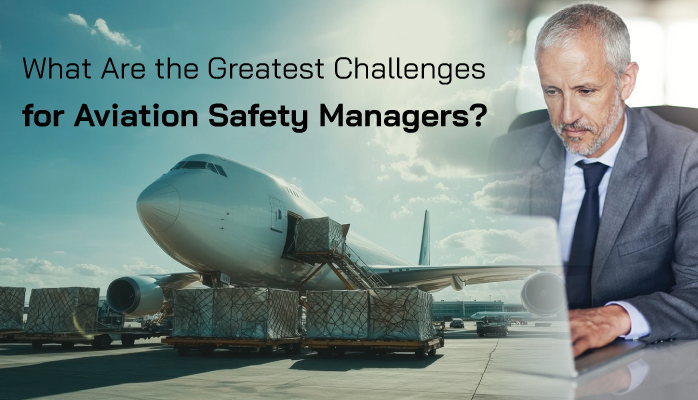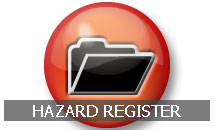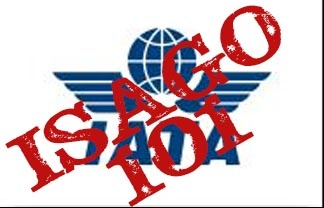Accountable Executives' Worst Nightmares
n high-risk industries like aviation, transportation, and energy, a robust Safety Management System (SMS) is critical for ensuring operational safety, regulatory compliance, and organizational resilience. However, accountable executives—those ultimately responsible for SMS oversight—face significant risks that can undermine its effectiveness.
Two of the most pressing challenges are the loss of the primary safety manager and the loss of safety data due to reliance on single devices (e.g., laptops with spreadsheets or Word documents) or corrupt hard drives. These risks, if unaddressed, can lead to safety incidents, regulatory penalties, and reputational damage.













